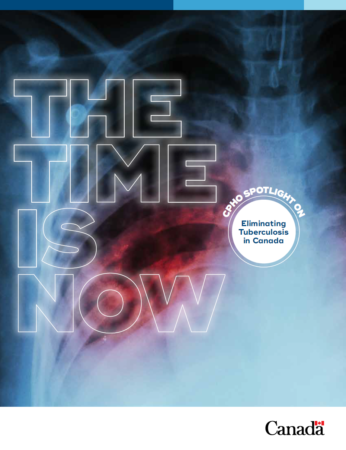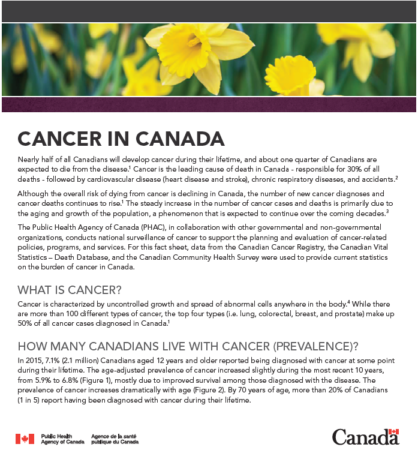 June 20 – New Fact Sheet: Cancer in Canada
June 20 – New Fact Sheet: Cancer in Canada
Nearly half of all Canadians will develop cancer during their lifetime, and about one quarter of Canadians are expected to die from the disease. Cancer is the leading cause of death in Canada – responsible for 30% of all deaths- followed by cardiovascular disease (heart disease and stroke), chronic respiratory diseases, and accidents.
The Public Health Agency of Canada, in collaboration with other governmental and non-governmental organizations, conducts national surveillance of cancer to support the planning and evaluation of cancer-related policies, programs, and services.
To see the latest Canadian cancer data, read their new fact sheet, Cancer in Canada.
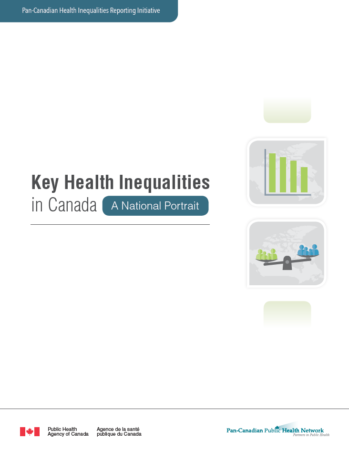
May 30 – The Public Health Agency of Canada (PHAC) has Released a New Report: Key Health Inequalities in Canada: A National Portrait.
The Key Health Inequalities in Canada: A National Portrait report provides a detailed statistical portrait of inequalities in social determinants of health and health outcomes across a range of population groups in Canada (income, education, employment, material and social deprivation, Indigenous identity, sexual orientation, and cultural/racial backgrounds).
The report is intended to help inform the design of policies in health and other sectors at all levels of government and to help tailor programs to the needs of diverse Canadians. It is a joint publication of the Public Health Agency of Canada and the Pan-Canadian Public Health Network (PHN) in collaboration with Statistics Canada, the Canadian Institute for Health Information, and the First Nations Information Governance Centre.
Report chapters examine inequalities in health outcomes (such as life expectancy and mortality, mental illness, disability, and oral health), and health determinants (including daily living conditions such as core housing need and drivers such as early childhood development and household food insecurity).
The report is complemented by an online, interactive database, the Health Inequalities Data Tool, which was released in April of 2017.
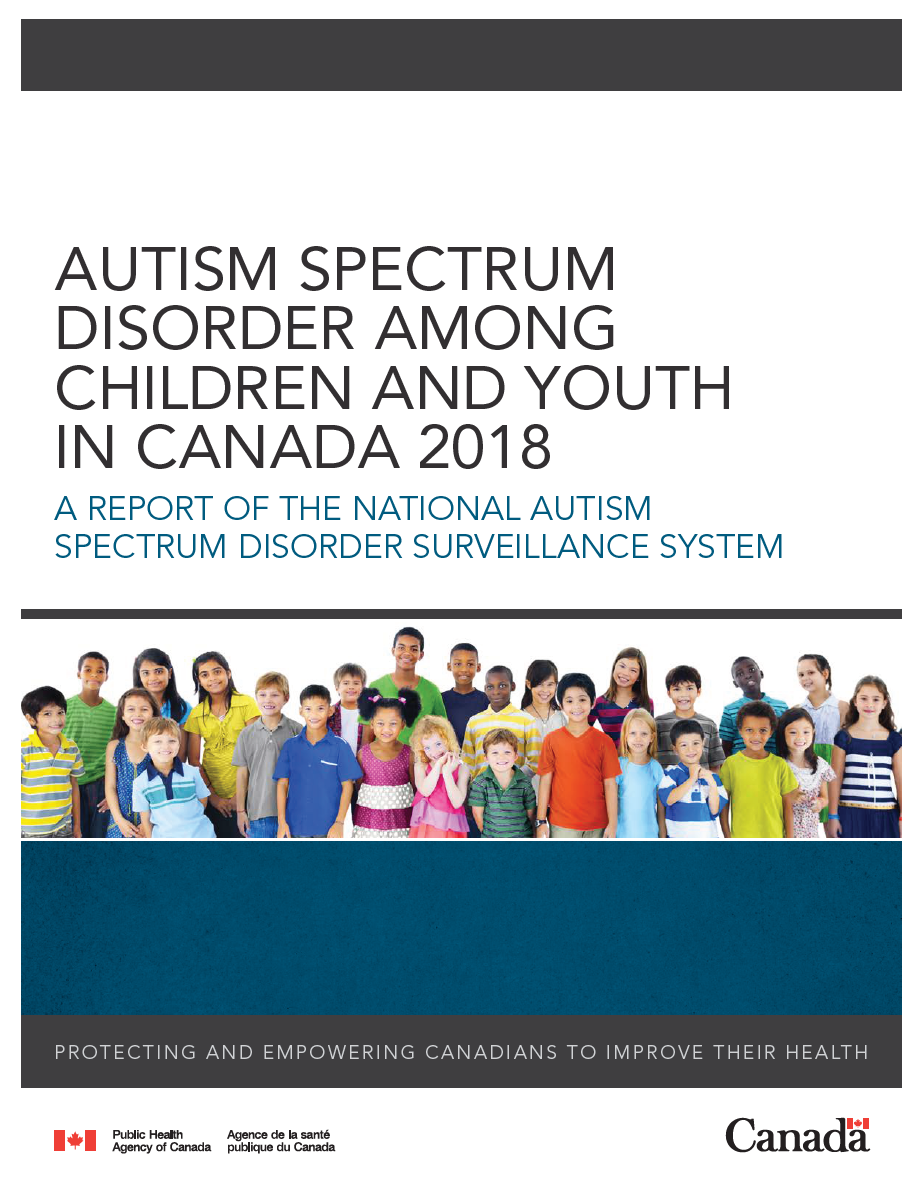
April 4 - Autism Spectrum Disorder among Children and Youth in Canada, 2018—A Report of the National Autism Spectrum Disorder Surveillance System (NASS)
The Public Health Agency of Canada (PHAC) has just published its latest report, Autism Spectrum Disorder among Children and Youth in Canada, 2018—A Report of the National Autism Spectrum Disorder Surveillance System (NASS).
The NASS is a collaboration between federal, provincial and territorial governments, working together to build a comprehensive picture of ASD in Canada. Six provinces (Newfoundland and Labrador, Nova Scotia, Prince Edward Island, New Brunswick, Quebec and British Columbia) and the Yukon Territory contributed data to the NASS for use in this report.
This report estimates the number of children and youth with ASD in Canada. It includes calculations of prevalence, incidence and trends over time.
To read more about the highlights and findings from this report, see our latest Data Blog and Infographic.
March 27 – What will be the Front-of-Package Nutrition Symbol? Your opinion matters!
Poor diets – including those that are high in sodium, sugars, or saturated fat – are a primary risk factor for diseases such as cancer, stroke, type 2 diabetes, and heart disease. In Canada, however, 60% of the foods we buy are processed and packaged. Many of these foods are high in sugars, sodium and saturated fat.
You are invited to take part in a quick and easy online Food Front-of-Package Nutrition Symbol Consultation.
A Front-of-Package Symbol will provide a clear visual cue that a food is high in nutrients of public health concern, such as sodium, sugars, or saturated fat.
Also, consult the Why Canadians need a front-of-package nutrition symbol infographic.
Visit the Web page Consultation on proposed front-of-package labelling to take part at the consultation that will end on April 26, 2018.
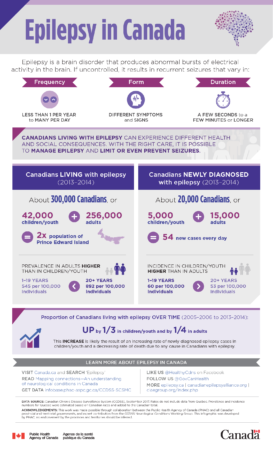 March 26 -Â Today is Purple Day
March 26 -Â Today is Purple Day
Every March 26, people around the globe join in the effort to raise epilepsy awareness by wearing purple.
Epilepsy is a brain disorder that affects Canadians of all ages. It produces abnormal bursts of electrical activity in the brain which, if uncontrolled, result in recurrent seizures. Canadians with epilepsy can experience challenging health and social consequences. Fortunately, with the right care, it is possible to manage epilepsy and to limit, or even prevent seizures.
For a snapshot on new national surveillance data on epilepsy from the Canadian Chronic Disease Surveillance System (CCDSS), read Health Canada’s latest Infographic.
Stay tuned for CCDSS data on epilepsy which will also be available later this year on the Public Health InfoBase to meet more in-depth information needs.
March 22 – Public Health Spotlight Report on Tuberculosis (TB) in Canada
Dr. Theresa Tam, Chief Public Health Officer of Canada, released a public health spotlight report on tuberculosis (TB) in Canada. It focuses on how social and economic factors play a significant role in the spread of this disease. Through this report, Dr. Tam is calling for the elimination of TB through the collaborative efforts of government departments, provinces and territories, National Indigenous organizations, community members and experts.
Statement from the CPHO – The time is now – joining forces to eliminate tuberculosis in Canada
Our current infographics feature the four most common cancers in Canada and show the most recent data. The four most common cancers are: Lung, Colorectal, Breast and Prostate.
February 4th was World Cancer Day
This day aimed to raise awareness and education about cancer around the globe.
Our current infographics feature the four most common cancers in Canada and show the most recent data. The four most common cancers are: Lung, Colorectal, Breast and Prostate.

